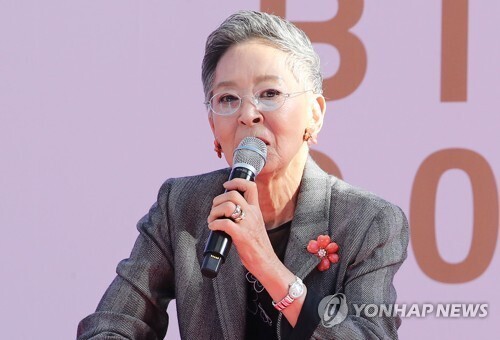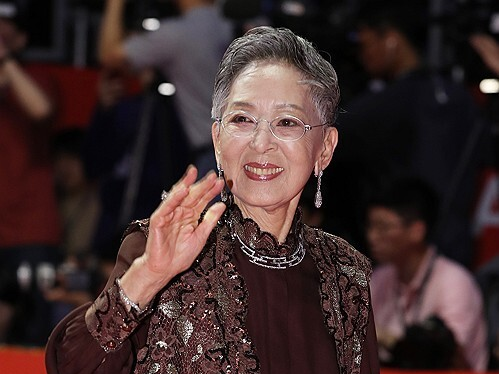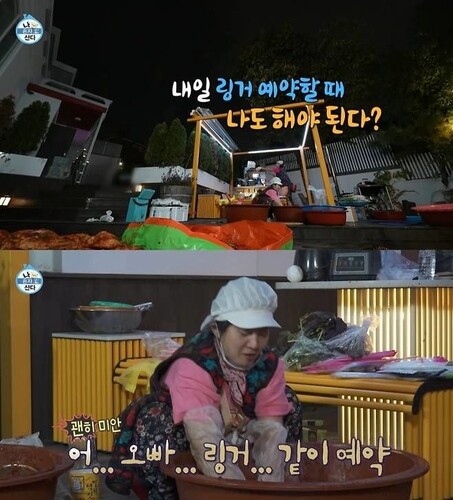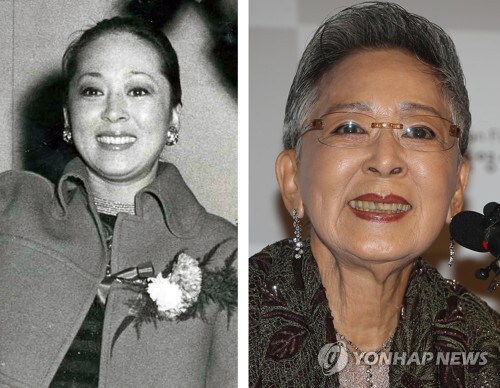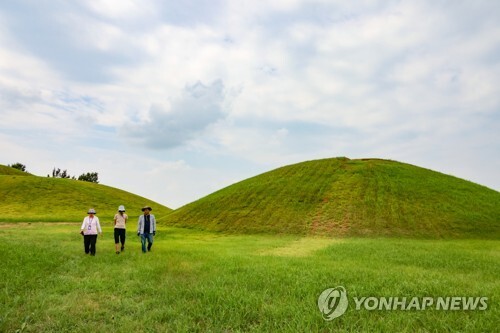 |
| ▲ Naedong-ri Twin Tombs in Yeongam County, South Jeolla Province. (Yonhap) |
SEOUL, July 7 (Yonhap) -- The Korea Heritage Service (KHS) announced Monday that the "Yeongam Sijong Ancient Tombs," located in Yeongam County, South Jeolla Province, have been officially registered as a Historic Site.
These ancient tombs offer a glimpse into the Mahan culture that flourished along the Yeongsan River around 1,500 years ago has been designated a national historic site.
Believed to have been constructed between the mid-to-late 5th century and the early 6th century, the Sijong tombs are situated in an area historically considered a strategic hub between the western coast and inland regions. The location is thought to have served as a maritime hub that facilitated the inflow of advanced culture via sea routes and its subsequent spread inland.
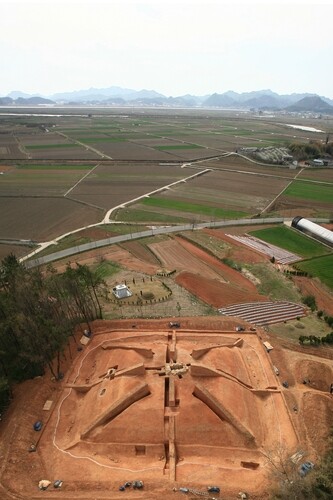 |
| ▲ This photo provided by the Korea Heritage Service (KHS) Jangdong Square Mound Tomb in Okgya-ri. (PHOTO NOT FOR SALE) (Yonhap) |
Given this geographical context, scholars suggest that local powers in the region, once part of the Mahan confederacy, may have developed a distinctive cultural identity while maintaining ties with the central Baekje authority.
Yeongam County is home to 49 ancient burial sites, 28 of which are located in Sijong-myeon. Among those newly designated as historic sites are the Jangdong Square Mound Tomb in Okgya-ri and a twin tomb in Naedong-ri.
“These two tombs vividly demonstrate the socio-cultural transitions of local Mahan communities along the Yeongsan River through their construction techniques and associated artifacts,” an official from the Cultural Heritage Administration said.
The Okgya-ri tomb is one of the larger examples among Yeongsan River tombs and features a distinctive square-shaped platform. Excavations have unearthed various earthenware vessels and glass beads.
 |
| ▲ This photo provided by the Korea Heritage Service (KHS) shows artifacts excavated from the Jangdong Square Mound Tomb in Okgya-ri. (PHOTO NOT FOR SALE) (Yonhap) |
At the twin tomb in Naedong-ri, archaeologists discovered a gilt-bronze crown finial, which is regarded as evidence of strong political and social ties with the Baekje Kingdom. Other findings include celadon cups presumed to have been imported from China and animal-shaped sculptures.
The Yeongam Sijong tombs are expected to provide crucial insights into the study of Mahan culture in the Yeongsan River region.
“The site is historically and academically valuable as it demonstrates how traditional elements of Mahan were localized while incorporating diverse influences from Baekje, Gaya, China, and Wa (ancient Japan),” the Cultural Heritage Administration said.
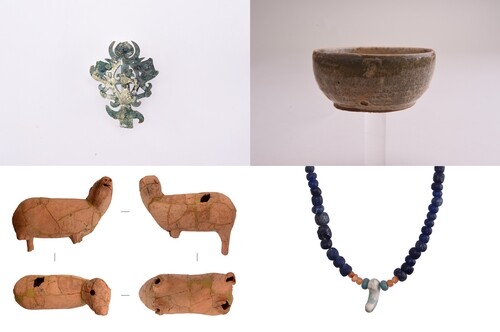 |
| ▲ (From top left, clockwise) This photo provided by the Korea Heritage Service (KHS) shows the gilt-bronze crown finial, celadon cup, glass bead, animal-shaped clay figurine Artifacts excavated from the Jangdong Square Mound Tomb in Okgya-ri. (PHOTO NOT FOR SALE) (Yonhap) |
(C) Yonhap News Agency. All Rights Reserved














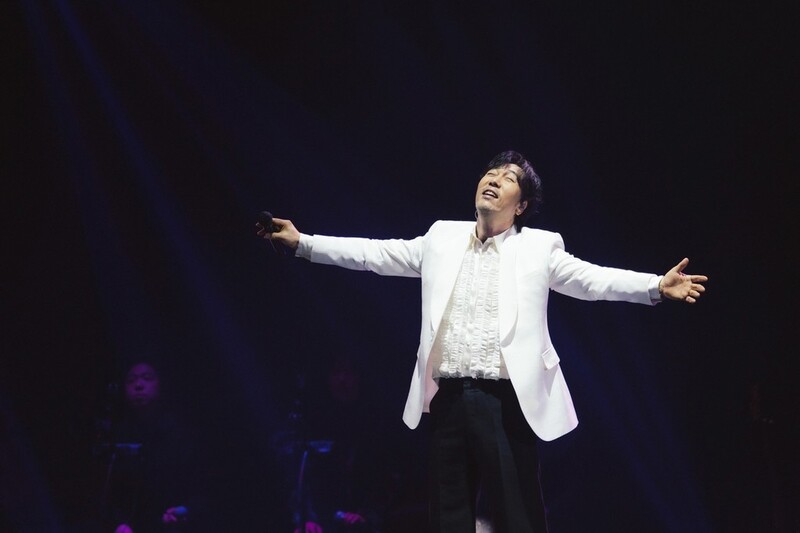
![[가요소식] 데이식스, 겨울 시즌송 '러빙 더 크리스마스' 발매](https://korean-vibe.com/news/data/20251215/yna1065624915955227_669.jpg)




